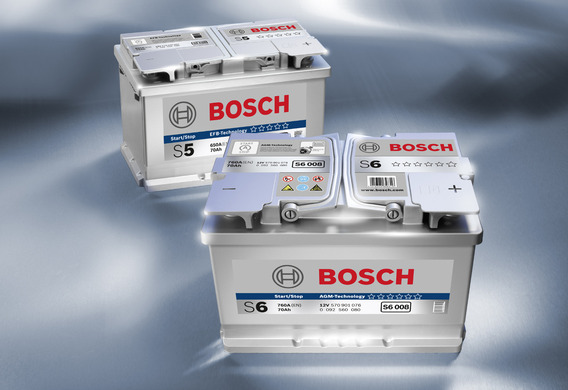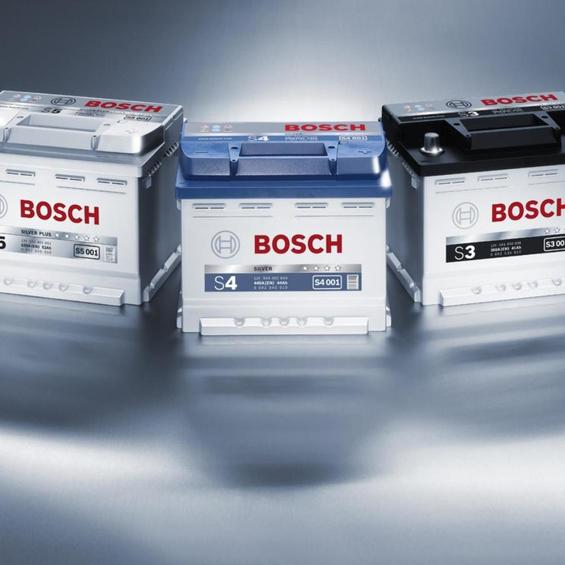
In most cases, the battery is only remembered when one day it refuses to turn on the starter. Many motivate their lack of attention to the car battery because the battery is not served and should "work out" the money invested in the purchase. Battery selection theory
Battery selection theory
Regardless of who is the manufacturer of the battery, they all have the same principle of action and a similar internal device. The difference in the brandons from the budget battery is the use of the latest technologies, materials and the most modern equipment. Of course, in the first place for any known company-the quality of production of the product, which is an integral part of its image
Battery device short
The modern car battery has a plastic case consisting of six cells (cans) in each of which a plate of lead or lead-calcium alloy has been placed. The plates in the banks are so that the positive plates are negative. To prevent contact between the plates, they are packed in special envelopes, so-called separators.
Each bank is flooded with electrolytes to a certain level. Electrolyte is a mixture of sulphuric acid with disciplined water. A chemical reaction will begin to flow from the generator or the charging device inside each bank. In this case, the electrical energy of the generator will be changed to chemical by charging the battery.
Battery
Inside the battery a chemical reaction is constantly in progress, causing it to self-discharge after a certain amount of time. This is due to the partial dissolution of active substances in the electrolyte.
For example. The density of the electrolyte in the lead-acid batteries is reduced to 1.20 g/cm3 for 6 months of storage.
The accumulators of the lead-calcium alloy plate in this respect are more reliable since they have increased resistance to chemical self-defuse. The density of the electrolyte in such batteries is reduced to 1.20 g/cm3 in 18 months. This quality clearly indicates the superiority of "calcium" batteries.
Units of measurement
The density of the electrolyte shall be measured in g/cm3 and for a fully charged battery, it shall comply with 1, 27-1.28 g/cm3 (for most areas).
General
Each car from the factory is equipped with an accumulator battery designed for the total capacity of all consumers in the scheme of its electrical equipment. Therefore, it is recommended in the owner's manual for the car battery and should serve as a starting point for the owner when purchasing a new battery.

When the purchased battery does not comply with the electrical equipment design, if it is Bosch, VARTA, BAREN or similar brands, it will not be able to fully meet all requirements.
The fact is that different amounts of energy are needed to run an engine with the same lithrages, but for different brands of cars. This depends on the design of the engines, where there may be different compression, two or one split, different hinged equipment, which in general is determining the amount of current required to launch a specific engine. If these factors are not taken into account when buying a battery, there will be inevitable startup problems, which will be particularly affected at low temperatures.
Battery types
Modern batteries are divided into:
- Serviceable
- Malopserved
- Not serviced
Unserviced, as the name implies, does not require any interference during the entire life of the vehicle, provided that the electrical equipment of the vehicle is fully functional.
Battery settings:
- Overall dimensions
- The polarity of terminals (e.g. "+" on the right or left) and their structure
- Nominal capacity in ampere: 45, 50, 55 AH, etc.
- Inrush current
The nominal capacity shall correspond to the output power of the generator so as to maintain the balance of the battery charge (without tolerance of charge or recharge), so it is important to acquire the battery recommended by the battery manufacturer. Additional equipment must be taken into account.
The battery pack is an essential parameter that shows its ability to give a maximum of 30 s at a temperature of 18 ° C. So the brake starter consumes about 350-400A, which is a heavy load on the battery, and the battery can quickly discharge.
Battery chargings
Each battery is supplied with the necessary factory codes to be oriented when it is purchased. The marking includes, as an example:
- 12V, 24V-rated voltage in volt
- 55 Ah is the rated power in ampere-hours.
- -650 AEN; 420 A DIN; 650 A (EN)-Launching, 18 degrees
- Date of manufacture
Battery check on purchase
The appearance of the exterior should not cause any suspicion, and the visual inspection should not include traces of blows or cracks. The density of the electrolyte shall be measured, which shall not differ from the nominal value of that of 0.02 g/cm3. This will be 80 per cent of the density of the fully charged battery.
The load plug is used to check the capacity characteristics. In the case of a load application, the voltage of the battery must not fall below 11V for 10 seconds.
You can purchase the battery if it meets all of the specified requirements.
It is not worth forgetting that the battery for any manufacturer is, first of all, a product and it has to be sold at all costs. If, however, the cost of modern batteries is high enough, the choice should always be informed.
Accumulators from world producers are generally more expensive, but this is always justified, since in addition to the image, it is also unquestionable quality and reliability.







